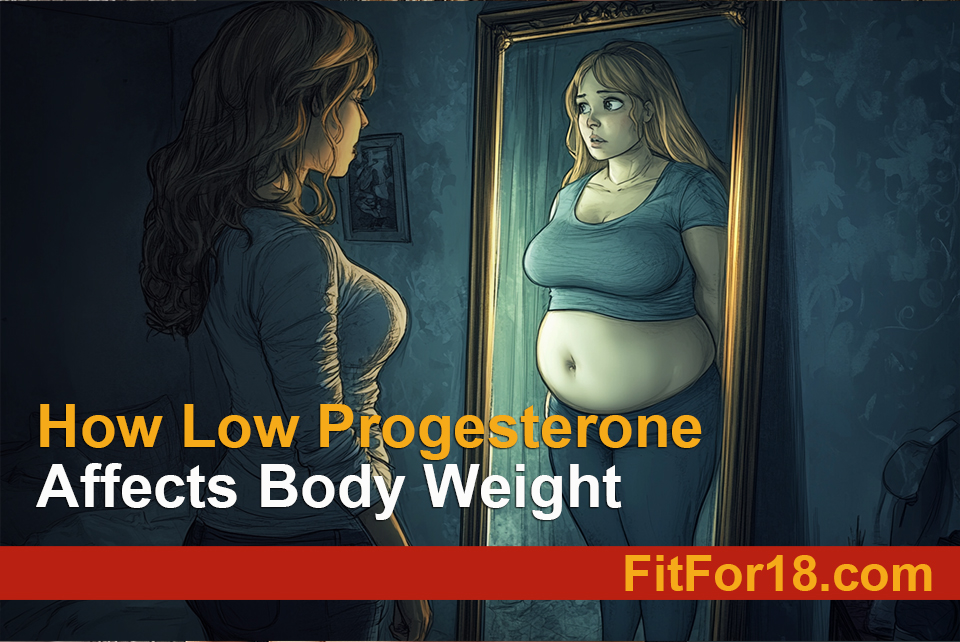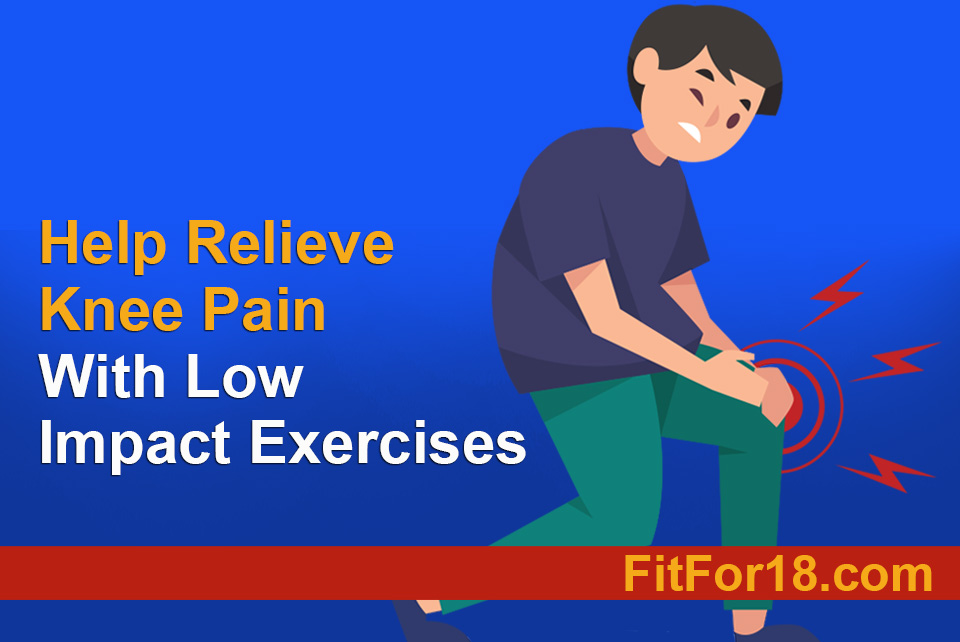Knee pains is something that we will all experience sometime in our lives. For some of us, it could start as early as in our 30’s. Regardless if you’re someone who works out casually or someone who hits the gym hard throughout the week, knee pains will become a concern down the road.
One of the main factors of knee pains is aging. As we age, muscle mass and strength naturally decrease. Weaker muscles around the knee can lead to increased strain on the joint, contributing to pain and functional problems. Below are some of the common reasons that knee pains start to occur.
Osteoarthritis
Osteoarthritis is the most common form of arthritis and a major cause of knee pain in older adults. Osteoarthritis occurs when the cartilage that cushions the ends of the bones in your knees gradually deteriorates. As the cartilage wears away, bones may start to rub against each other, causing pain, swelling, and reduced motion.
Many individuals start to experience the early signs of osteoarthritis in their 40s and 50s. This is often when the cumulative effects of cartilage wear and tear become more apparent.
Increased Prevalence
Knee pain becomes more common and prevalent in the 50s and beyond. Osteoarthritis rates increase significantly, and other age-related changes such as decreased muscle mass and flexibility contribute to joint pain.
For active individuals and athletes, past injuries to the knee, such as ligament tears, fractures, or meniscus injuries, can lead to ongoing pain and degeneration. Even after healing, injured knee joints may be more susceptible to arthritis and other problems later in life.
In addition, conditions like rheumatoid arthritis, gout, and other chronic diseases may also start manifesting more prominently, contributing to knee pain.
Weight Gain
Weight gain often accompanies aging due to a slower metabolism and reduced physical activity. Extra weight puts additional stress on the knees, which can accelerate wear and tear and increase the risk of acute or chronic knee pain.
Excess weight can also alter posture and gait, leading to muscle imbalances and weakness, particularly in the muscles that support the knee, such as the quadriceps and hamstrings. Weak or imbalanced muscles may not adequately support the knee joint, leading to increased stress and pain.
Increased Activity-Related Injuries
Those who have been highly active in sports or physically demanding jobs may start experiencing knee pain earlier, in their 30s or even late 20s, especially if they’ve had injuries or overuse issues. Activities that involve a lot of kneeling, lifting, or high-impact sports can cause cumulative damage to the knee joints.Here are a few workouts that put a lot of stress on the knees.
Running: Long-distance running or running on hard surfaces can be tough on the knees, especially if you have poor running form or previous knee injuries.
High-impact aerobics: Activities like jumping jacks, high knees, or plyometric exercises can be hard on the knees due to the repetitive impact.
Squats and lunges: While these exercises are great for building leg strength, improper form or doing them with heavy weights can strain the knees.
Leg presses and leg extensions: These exercises can put a lot of pressure on the knees, especially if the weight is too heavy or the movement isn’t controlled.
Step aerobics: Stepping up and down repeatedly can strain the knees, especially if the step is too high or if you’re using improper form.
Sports: Sports like basketball, soccer, and tennis: These sports involve a lot of quick movements, changes in direction, and jumping, all of which can stress the knees, especially if you’re playing on hard surfaces or if you have sudden impacts with other players.
Low Impact Exercises Are Good for The Knees
It’s important to listen to your body and avoid pushing through pain when exercising. If you have knee issues or are prone to knee injuries, consider incorporating low-impact exercises into your workout routine.
Low-impact exercises are typically easier on the knees. Here are some options:
Swimming: It’s a fantastic full-body workout that’s gentle on the joints.
Cycling: Either stationary or outdoor cycling can be great for cardiovascular health without stressing the knees.
Walking: A brisk walk can be an excellent low-impact exercise. Just make sure you have supportive shoes.
Elliptical Training: Using an elliptical machine provides a good cardiovascular workout while minimizing stress on the knees.
Water Aerobics: Like swimming, water aerobics provide a great workout while supporting your body and reducing strain on your joints.
Tai Chi: This gentle martial art focuses on slow, controlled movements and can improve flexibility, balance, and strength without jarring the knees.
Yoga: Many yoga poses can be modified to be gentle on the knees, focusing on flexibility, balance, and strength.
Always Listen to Your Body
It’s important to listen to your body and avoid pushing through pain when exercising. If you have knee issues or are prone to knee injuries, consider incorporating low-impact exercises like swimming, cycling, or using an elliptical machine into your workout routine.
Additionally, strengthening the muscles around the knees and improving flexibility through stretching and mobility exercises can help support the knees and reduce the risk of injury. If you’re unsure about which exercises are safe for you, it’s always a good idea to consult with a healthcare professional or a certified personal trainer.

Questions About Weight Loss or Fitness?
I'd be happy to help you on your path towards reaching your fitness goals!
RELATED BLOGS

Why Peptides Are a Safer, Smarter Choice Than Ozempic
Ozempic may be the latest crazy, but is it safe? Here is why peptides may be a better alternative.

How Low Progesterone Affects Body Weight
How low levels of progesterone can significantly impact body weight.

How Cortisol Affects Body Weight
The physical effects of cortisol and its influence on body weight.

Unlocking the Power of Superfoods
My favorite superfoods and how they can help boost your health with every bite!

Iron Deficiency Causes, Symptoms, and How Your Diet Can Help!
Understanding iron deficiency and how your diet can help.

Save Calories With These Thanksgiving Food Swaps!
Help cut calories and still enjoy your favorite foods with this list of Thanksgiving food swaps.

Why Do We Lose Our Balance As We Age?
List of metabolical changes that can affect our balance as we age.

Get Moving: Top 5 Physical Activities For a Vibrant Retirement
A list of the top five physical activities that are perfect for retirees.

Losing Weight After Menopause
The challenges of losing weight after menopause and how to boost your chances of weight loss.

Weight Loss Guide for Those with Thyroid Disorders
Lifestyle choices that support weight loss and the well-being for those with thyroid challenges.

